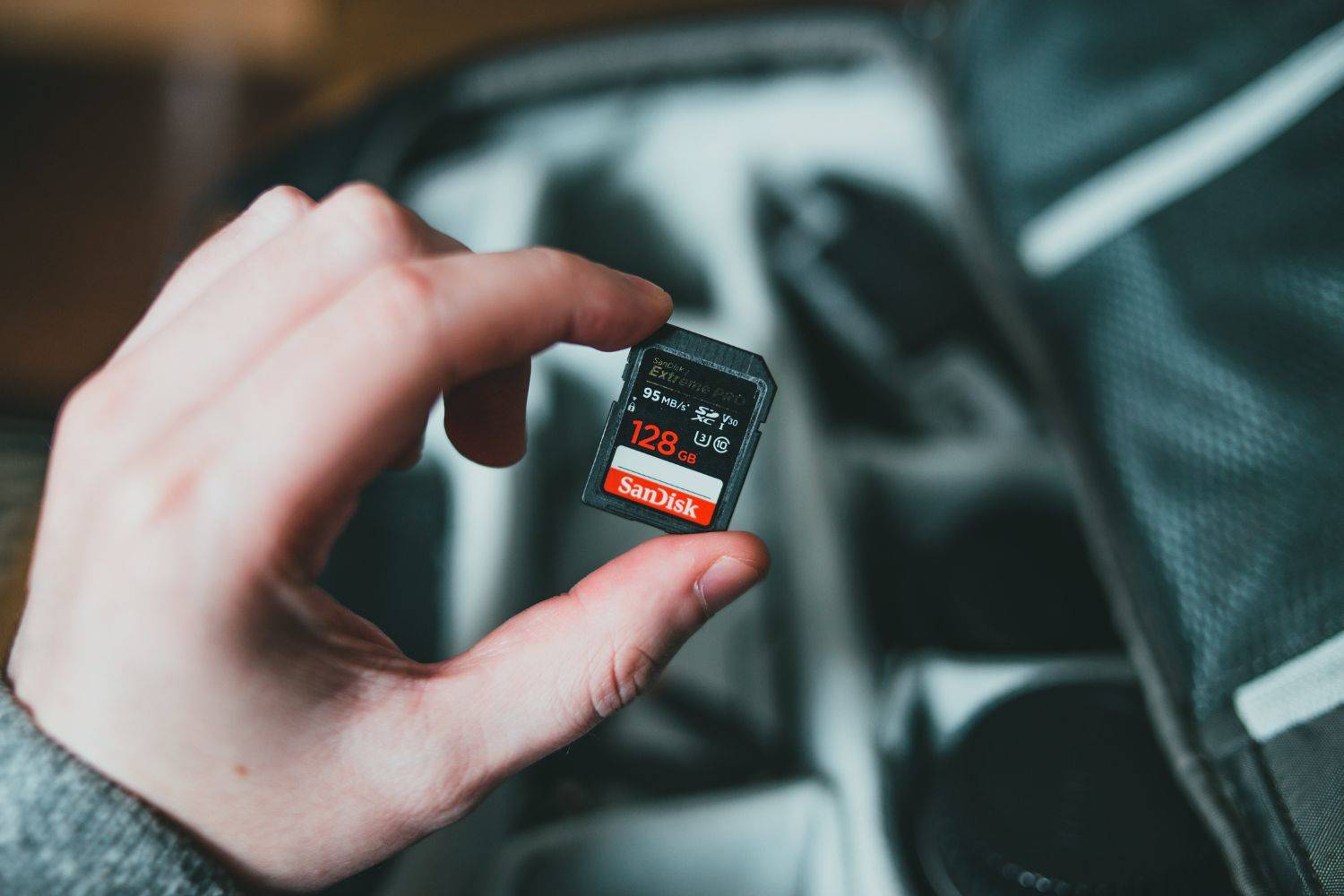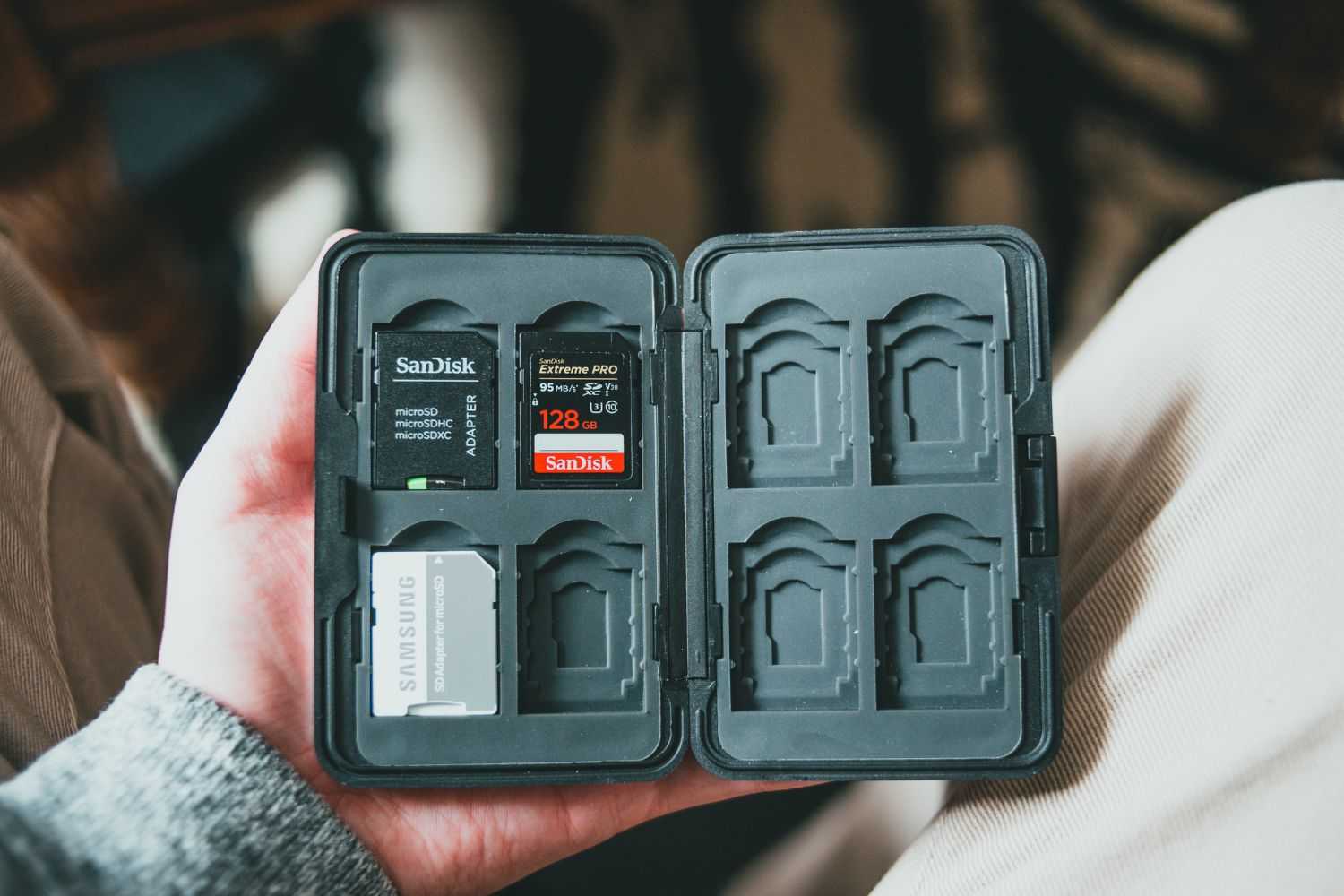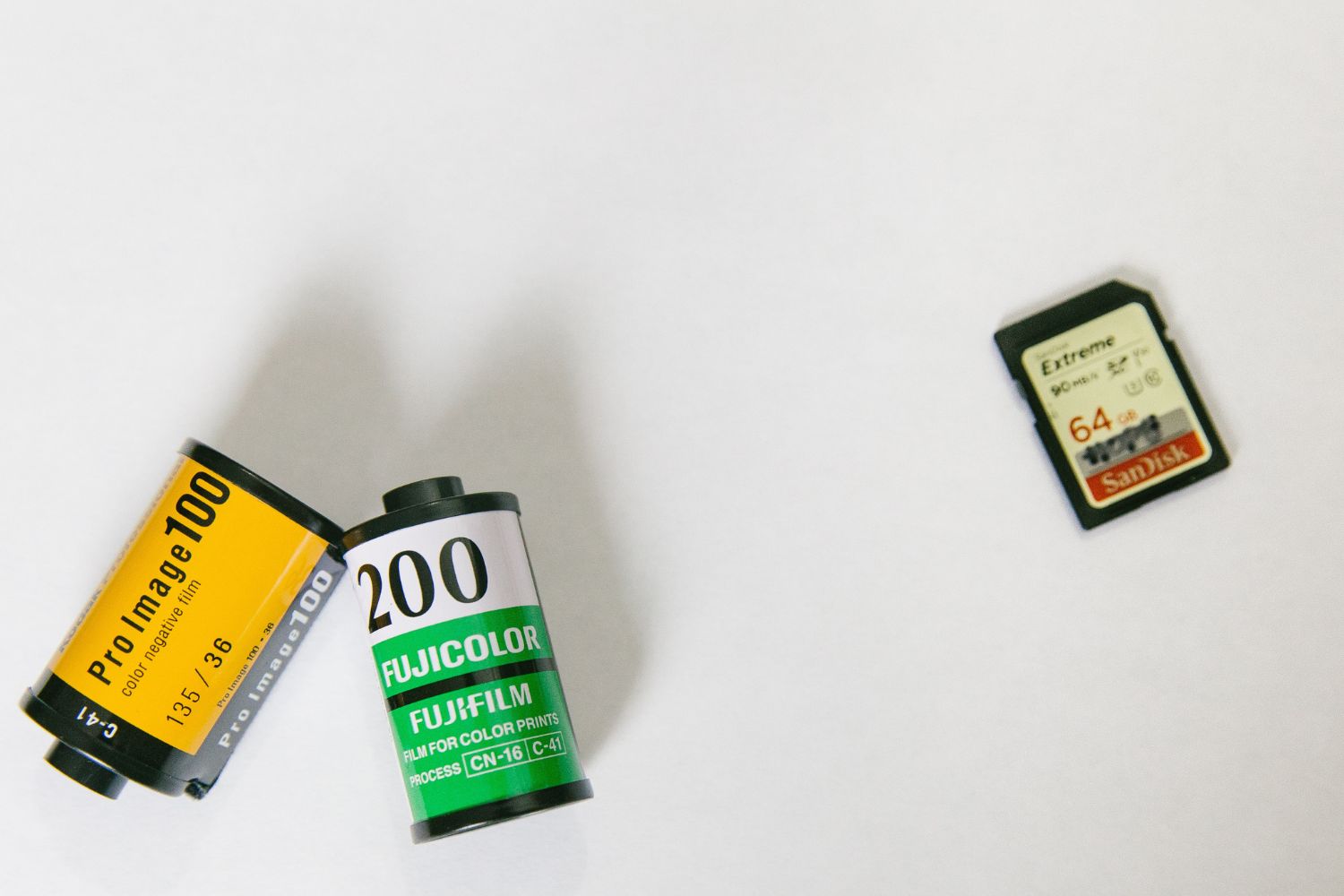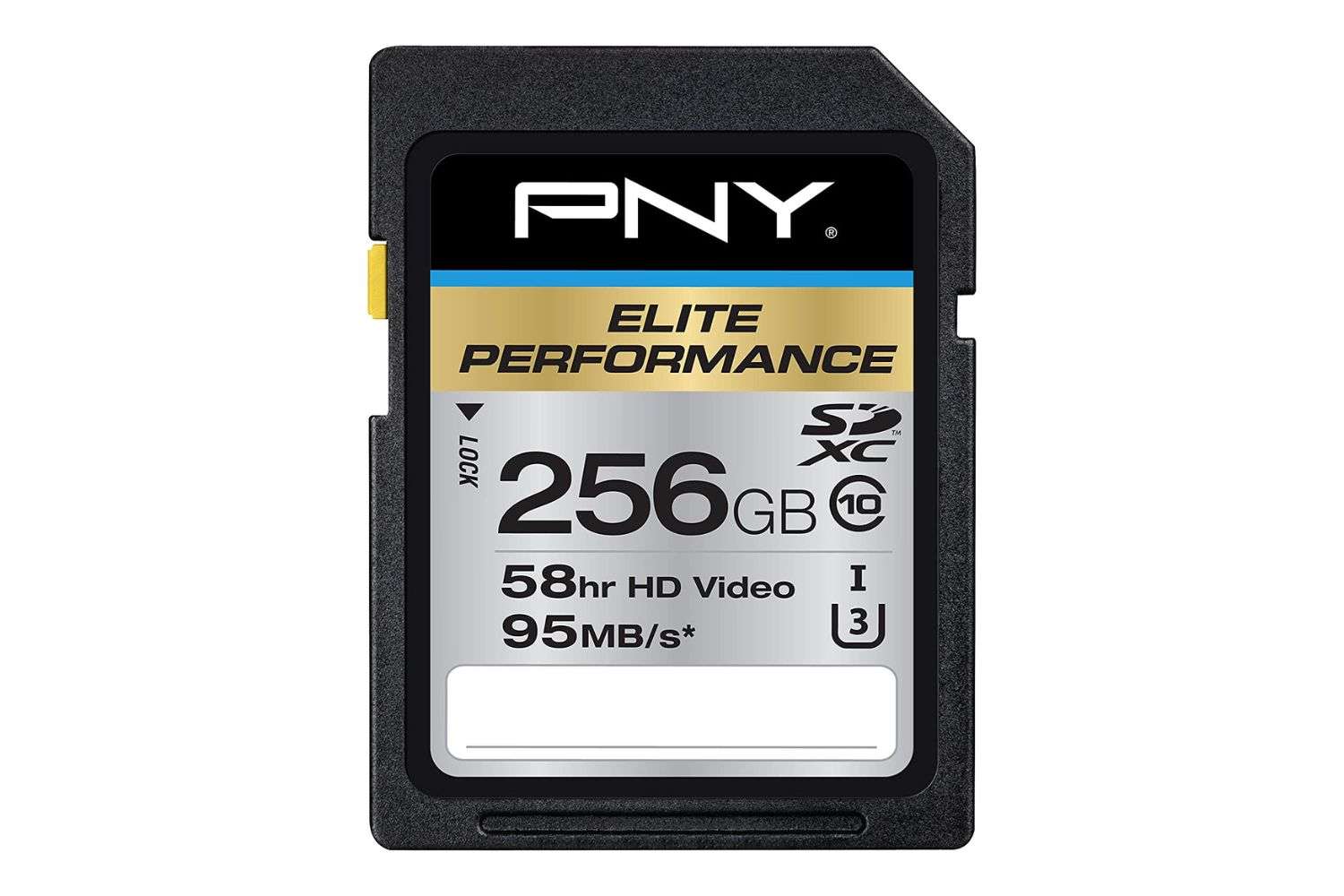✨ Build your dream setup!
SanDisk Extreme Vs. Extreme Pro: A Comprehensive Comparison

Capture the decisive moment with precision and speed. In the world of professional photography, every shot counts. That's why choosing the right memory card is crucial. Enter the heavyweight contenders: SanDisk Extreme and Extreme Pro.
According to Sandisk Extreme vs Extreme Pro, we'll dive deep into their shared features, uncover their differences, and even explore worthy alternatives. Get ready to elevate your photography game and never miss a shot again.
Quick Understanding of Sandisk Extreme and Extreme Pro
SanDisk Extreme
Designed for the demanding needs of professional photographers, the SanDisk Extreme memory card series combines impressive read/write speeds, ample storage capacities, and durable construction.
It offers reliable performance and is ideal for capturing high-resolution photos and videos in challenging environments.

Photo by Theregisti on unsplash
Extreme Pro
Taking performance to the next level, the SanDisk Extreme Pro memory card series pushes the boundaries of speed and reliability.
With lightning-fast read/write speeds, great storage options, and advanced error correction technology, it ensures smooth and uninterrupted shooting, making it a top choice for professional photographers who require exceptional performance and uncompromising quality.
SanDisk Extreme Vs. Extreme Pro
Shared Features
1. Compatibility
Both memory card series are compatible with a wide range of cameras, camcorders, and devices that support SD and microSD formats, making them versatile and suitable for various equipment setups.

Photo by Erik Mclean on unsplash
2. V30 Video Speed Class
Both cards are equipped with V30 video speed class ratings, ensuring a minimum sustained write speed of 30 MB/s. This makes them suitable for recording high-quality, uninterrupted 4K UHD videos.
3. UHS Speed Class 3 (U3)
The UHS Speed Class 3 designation guarantees a minimum write speed of 30 MB/s, enabling smooth and consistent capture of fast-action sequences and continuous shooting.

Photo by Erik Mclean on unsplash
4. High Transfer Speeds
Both cards offer impressive read and write speeds, allowing quick file transfers and efficient workflow management. This is particularly beneficial when dealing with large RAW image files and high-definition video footage.
5. Robust Construction
SanDisk Extreme and Extreme Pro cards are built to withstand harsh conditions. They are temperature-proof, waterproof, shockproof, and X-ray-proof, ensuring the safety and integrity of your valuable data even in challenging shooting environments.

Photo by Denise Jans on unsplash
Difference between Sandisk Extreme and Extreme Pro
1. Read/Write Speeds
Extreme Pro cards boast faster read and write speeds compared to the Extreme series. This means quicker data transfer, shorter buffer clearing times, and enhanced overall performance, making Extreme Pro cards ideal for photographers who demand maximum speed and efficiency.
2. Storage Capacities
Extreme Pro cards often offer larger storage capacities than the Extreme series. With options ranging from 64GB to 1TB, Extreme Pro cards provide ample space for storing a vast number of high-resolution photos and extended video footage, meeting the demands of professionals working on extensive projects.

Photo by Cesar Abner Martinez Aguilar on unsplash
3. Video Speed Class
While both series have the V30 Video Speed Class rating, Extreme Pro cards may also have higher video speed classes, such as V60 or V90. This makes Extreme Pro cards better suited for capturing and recording ultra-high-definition video content with even greater speed and performance.
4. Error Correction Technology
Extreme Pro cards are equipped with advanced error correction technology, such as Enhanced Super-Parallel Processing ESP, which helps maintain data integrity and enhances reliability during data transfer and storage. This feature ensures higher protection against potential data loss or corruption.
5. Price
As a result of their superior performance and additional features, Extreme Pro cards generally come at a higher price point compared to the Extreme series.
While Extreme cards offer excellent performance for most professional photography needs, Extreme Pro cards are geared toward photographers who require the utmost performance and are willing to invest in the best.
5 Alternatives to Sandisk Extreme Cards

Image credit: amazon.com
A high-performance memory card designed for professional photographers who demand exceptional speed and reliability.
Specifications
- Available Capacities: 32GB, 64GB, 128GB
- Read Speed: Up to 300MB/s
- Write Speed: Up to 260MB/s
- Video Speed Class: V90
- UHS Speed Class: U3
Pros
- A wide range of capacities is available to suit various storage needs.
- Exceptional transfer speeds enable quick file transfers and efficient workflow
- Robust
Cons
- Fast, but not on par with CFExpress cards and CFast
- Lack of labeling for easy information organization

Image credit: amazon.com
Provides photographers with a professional-grade alternative to SanDisk Extreme cards, delivering exceptional performance and reliability.
Specifications
- Read Speed: Up to 300MB/s
- Records: Full HD & 3D Video, 4K, 5K, 6K
- Video Speed Class: V60, V90
- Shock / Temperature Proof
- Available Capacities: 64GB, 128GB, 256GB, 512
- Write Speed: Up to 250MB/s
Pros
- Durable
- Comes with a protective case for added convenience and security
- Easy to use
- Offers excellent reliability with shock and temperature-proof features.
Cons
- Limited Compatibility
- High Price

Image credit: amazon.com
A rugged and reliable memory card designed for photographers who require durability and high performance in challenging shooting conditions.
Specifications
- X-Ray / Water / Drop / / Dust / Bend Proof
- Available Capacities: 32GB, 64GB, 128GB, 256GB
- UHS Speed Class: U3
- Write Speed: Up to 299MB/s
- Video Speed Class: V90
- Read Speed: Up to 300MB/s
Pros
- Durable
- High-speed performance
- Reliable in extreme conditions
- Many storage capacity options
Cons
- Relatively expensive compared to other SD cards
- It may not be compatible with all devices (due to the UHS-II interface).

Image credit: amazon.com
A cost-effective memory card offering high-speed performance and ample storage capacity for professional photographers.
Specifications
- Min Write Speed: 90 MB/s
- Max Write Speed: 180MB/s
- Shock / Static / Water / X-Ray Proof
- Available Capacities: 64GB, 128GB, 256GB, 512GB
- Read Speed: Up to 285MB/s
- Video Speed Class: V90
- UHS Speed Class: U3
Pros
- High read speed of up to 285MB/s for quick data access
- Wide range of available storage capacities, including a spacious 512GB option
- Excellent durability
Cons
- Slightly expensive

Image credit: amazon.com
A budget-friendly memory card without compromising on performance.
Specifications
- Magnet / Shock / Water Proof.
- Available Capacities: 32GB, 64GB, 128GB, 256GB
- Max Read Speed: 95 MB/s
- Protect Switch: Inbuilt
- Class: 10
Pros
- A built-in protection switch adds an extra layer of security
- Data durability and protection
- Versatile storage options
Cons
- Small built-in protect switch may be prone to accidental toggling
Conclusion
Now that you have a proper understanding of the differences between SanDisk Extreme and Extreme Pro cards and the alternative options available, you can make an informed decision based on your specific requirements.




















 Valentine's Day🌹
Valentine's Day🌹





















